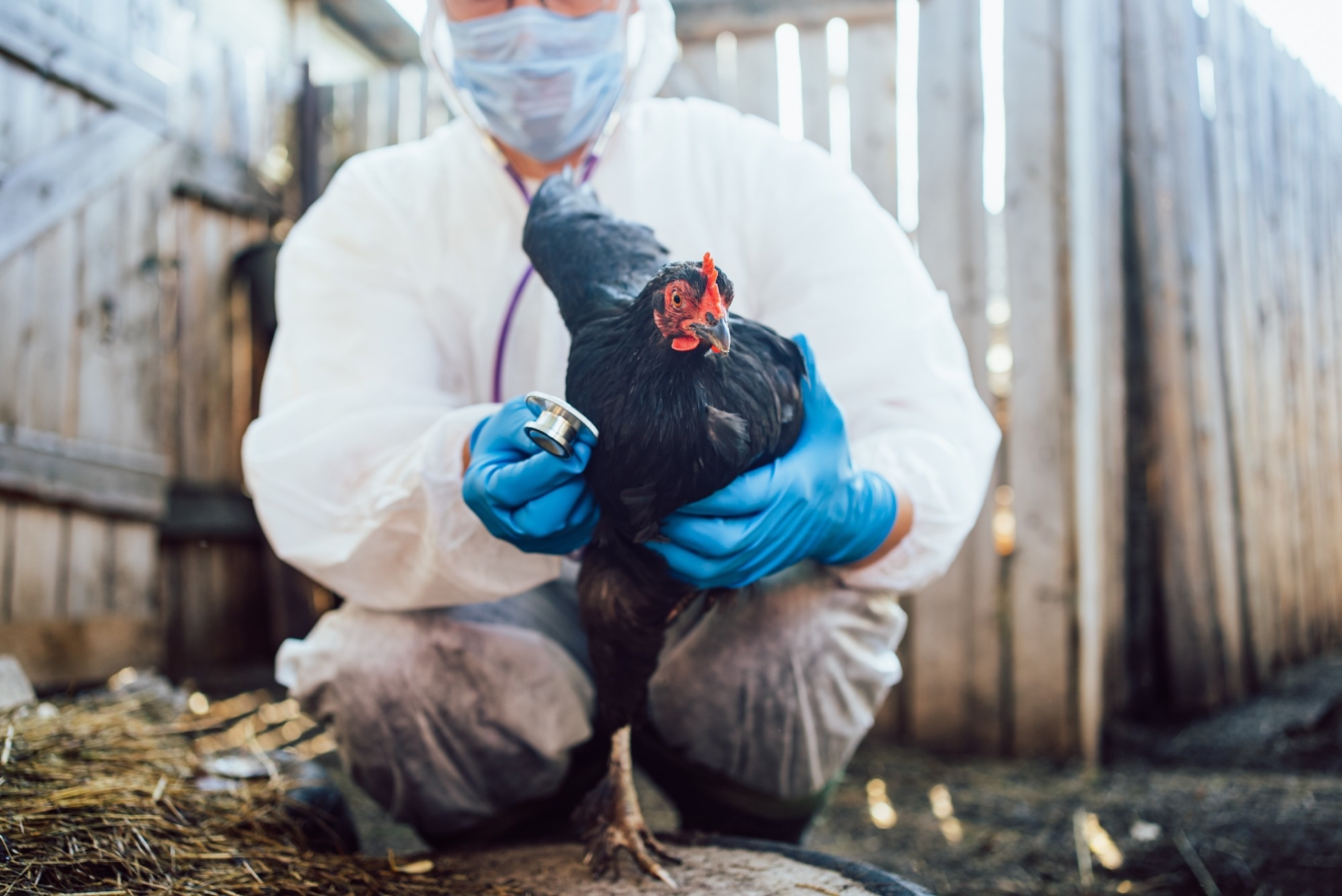Introduction
In 2025, the world is witnessing a significant uptick in avian influenza cases avian flu, commonly known as bird flu. The H5N1 strain, in particular, has garnered attention due to its rapid spread across continents and its potential implications for both animal and human health. This article delves into the current state of the avian flu outbreak, its impact, and what individuals should know to stay informed and safe.
Understanding the H5N1 Strain

H5N1 is a subtype of the influenza virus that primarily affects birds but has the capability to infect humans and other animals. While human infections are rare, they can be severe, with a high mortality rate. According to the World Health Organization (WHO), from 2003 to April 2025, there have been 972 reported human cases of H5N1, resulting in 470 deaths, indicating a case fatality rate of approximately 48%.
Recent Developments in 2025
Several alarming events have unfolded in 2025:
- Human Fatalities: Cambodia reported its fourth bird flu death this year, involving an 11-year-old boy from Kampong Speu province. The child had contact with sick poultry before succumbing to the virus. Source
- Animal Infections: The virus has been detected in various mammalian species, including dairy cattle in the United States, raising concerns about cross-species transmission. Over 1,000 U.S. dairy herds have been affected, with at least 70 confirmed human cases linked to these outbreaks. Source
- Global Spread: The H5N1 virus has been reported on every continent except Australia, with notable outbreaks in North America, Europe, and Asia. The detection of the virus in Antarctica in 2024 marked a significant milestone, indicating its vast reach. Source
Public Health Implications
The expanding host range of H5N1 and its ability to infect humans have prompted health experts to urge immediate action. The Global Virus Network has called on world governments to enhance surveillance, implement biosecurity measures, and prepare for potential human-to-human transmission. Source
Despite these concerns, the Centers for Disease Control and Prevention (CDC) currently assesses the risk to the general U.S. population as low. However, individuals with direct exposure to infected animals or contaminated environments are at a higher risk. Source
Preventative Measures

To mitigate the risk of infection:
- Avoid Contact: Refrain from handling sick or dead birds and avoid visiting live bird markets.
- Practice Hygiene: Wash hands thoroughly with soap and water after any potential exposure.
- Cook Poultry Properly: Ensure all poultry and eggs are cooked to an internal temperature of 165°F (74°C).
- Stay Informed: Keep up-to-date with local health advisories and global health organization updates.
Conclusion
The global rise of avian flu in 2025 is a cause for vigilance but not panic. While the H5N1 strain poses significant challenges, especially concerning its spread among animals and potential human infections, adherence to recommended safety measures can substantially reduce risk. Staying informed and practicing caution are paramount as health authorities continue to monitor and respond to this evolving situation.
For more insights on related topics, explore our articles on Understanding Zoonotic Diseases and Top Strategies for Pandemic Preparedness.









